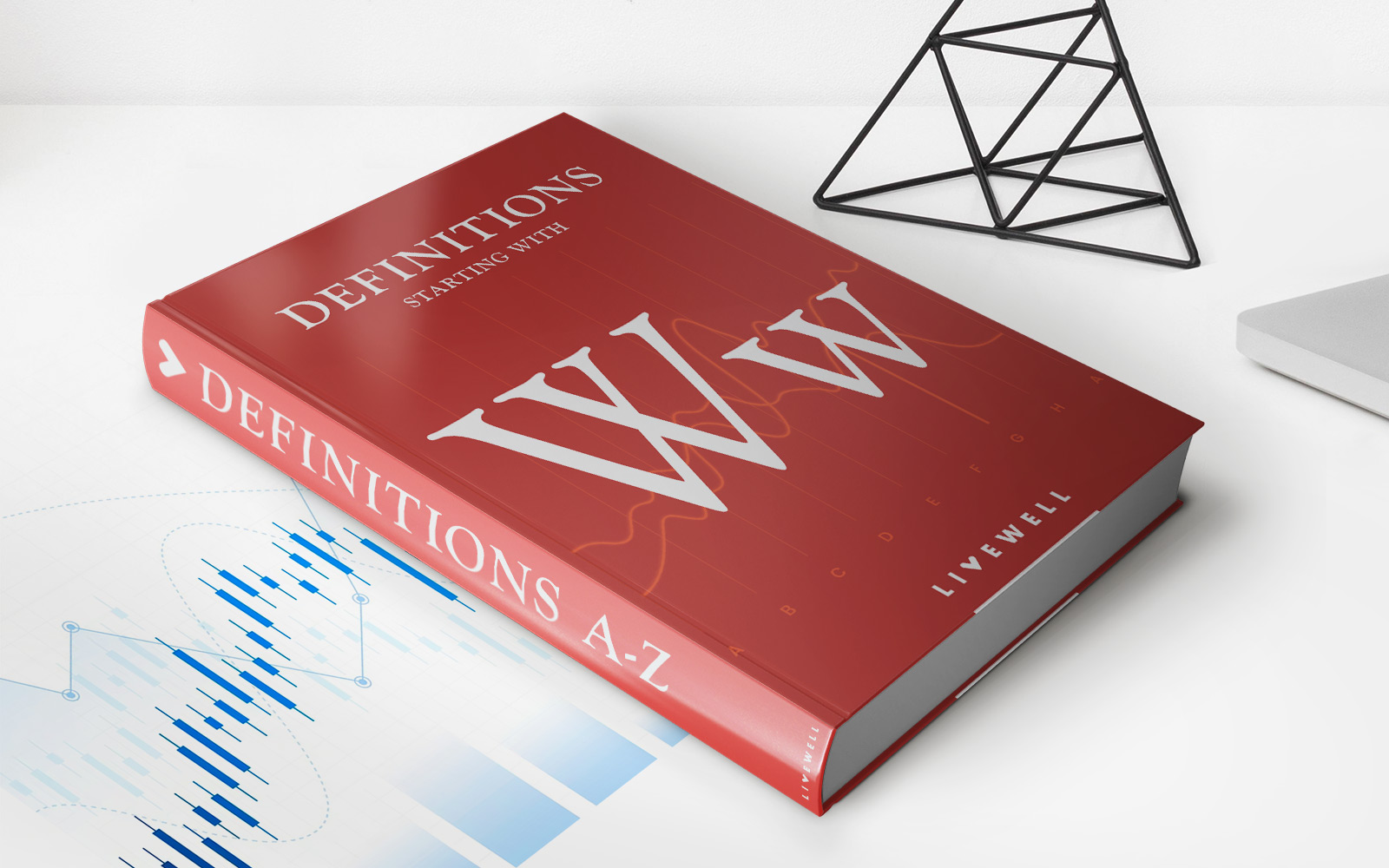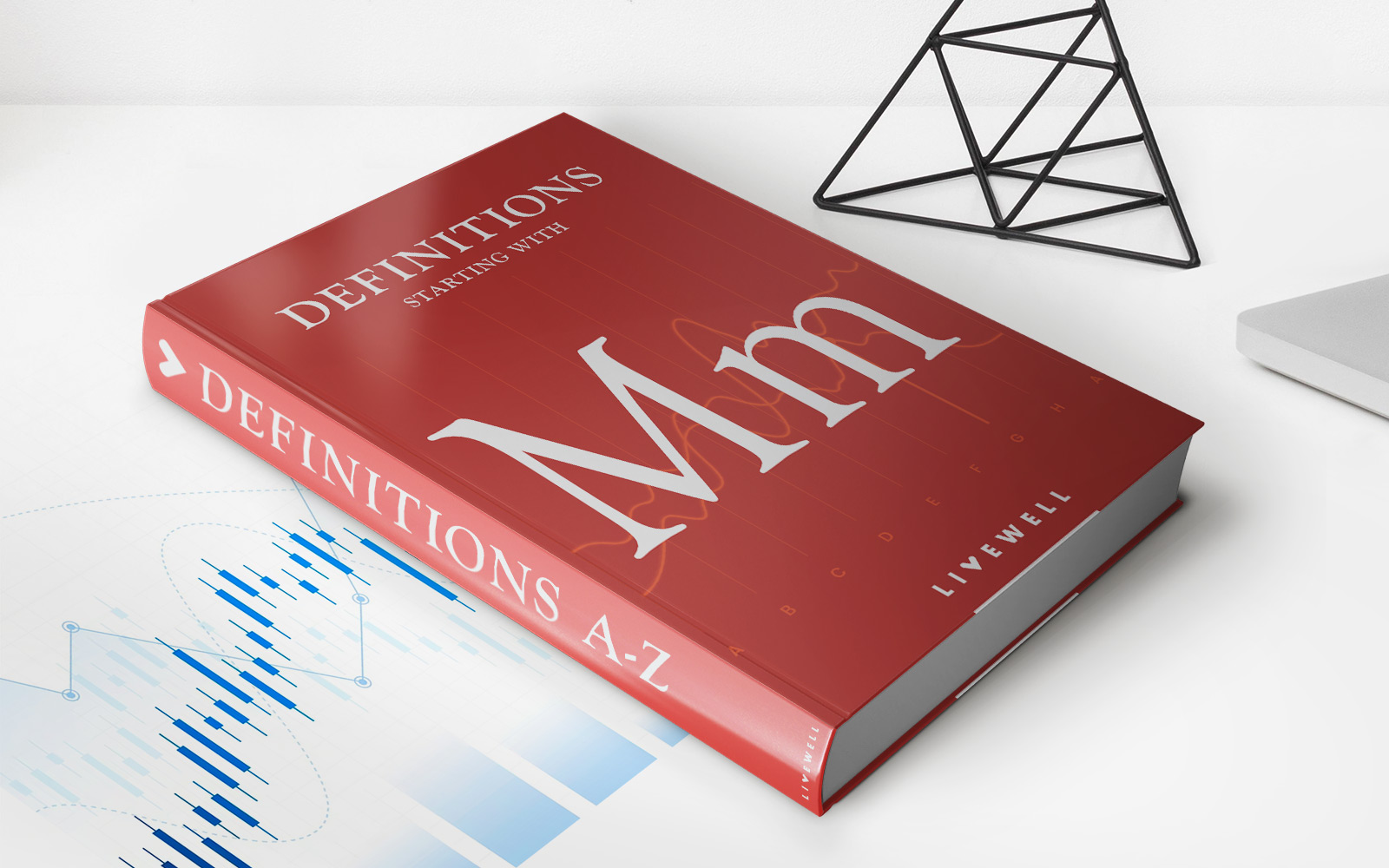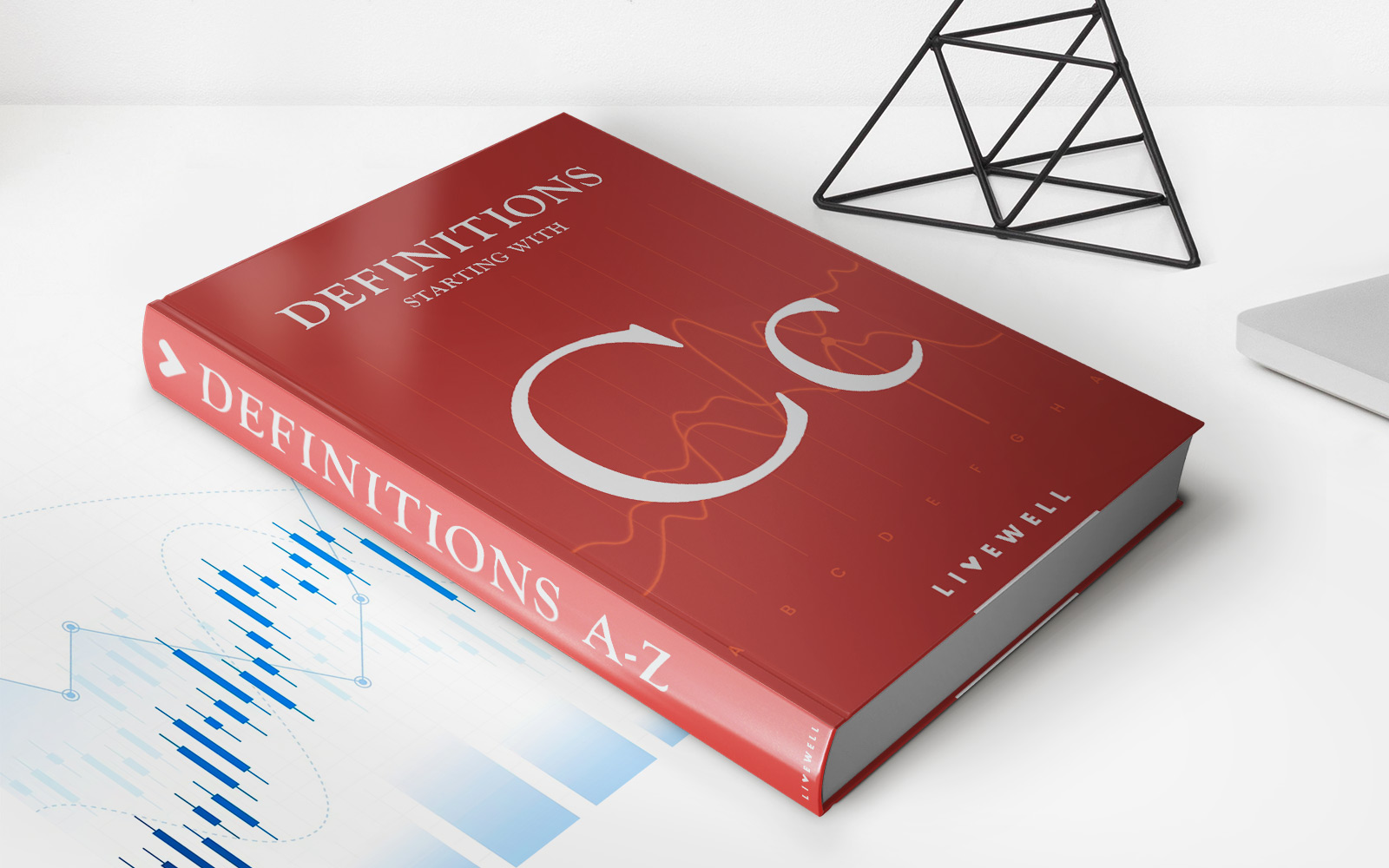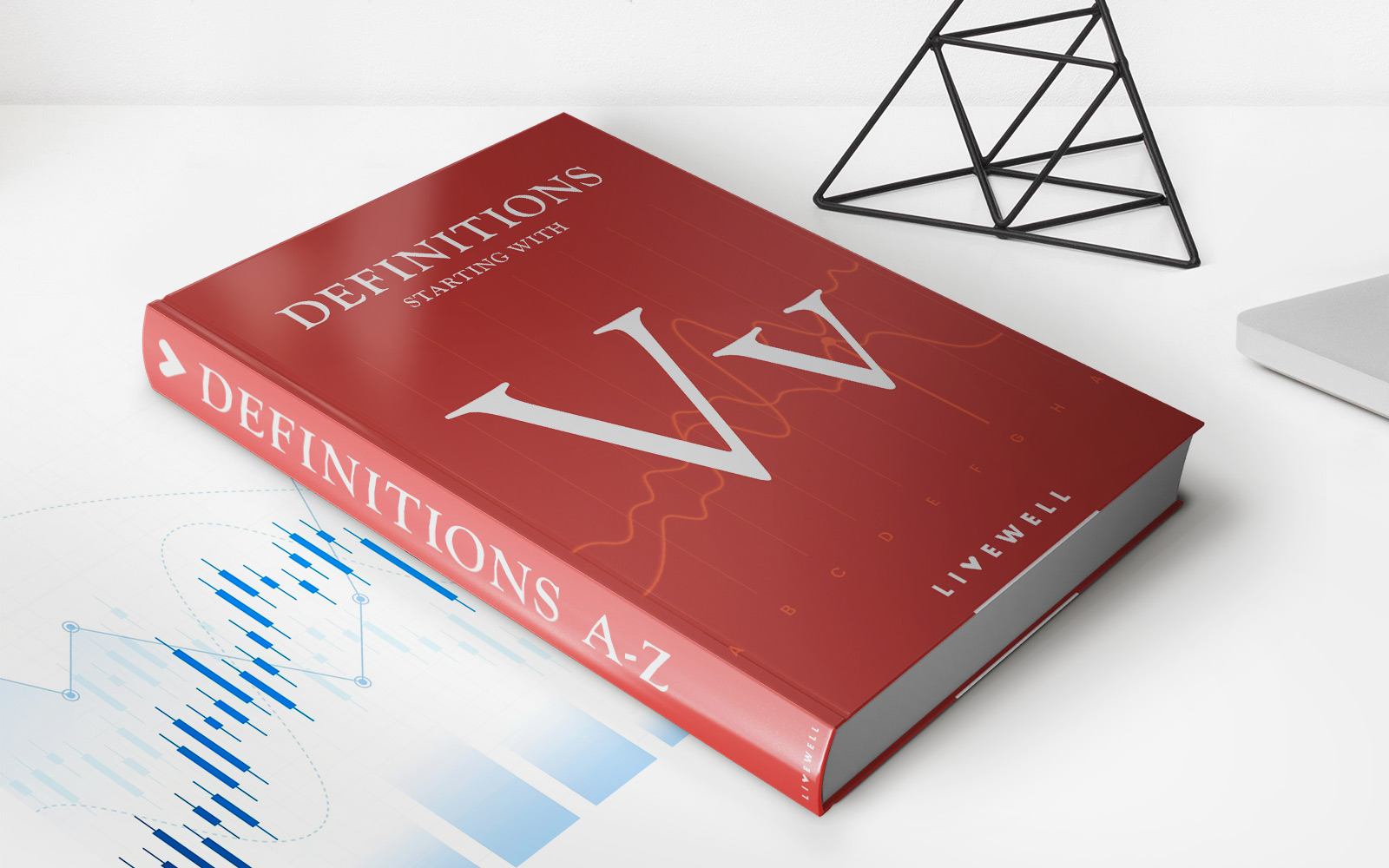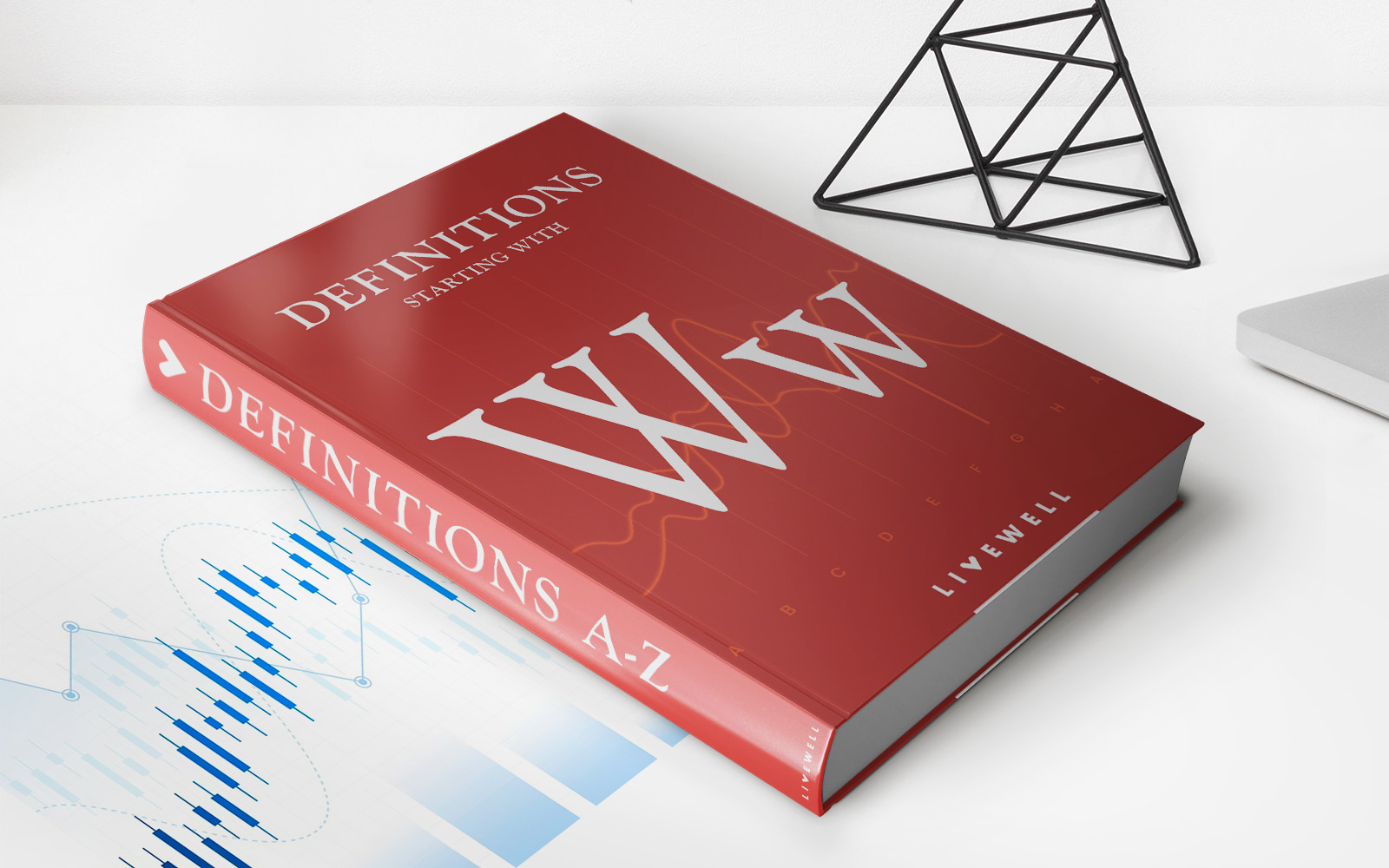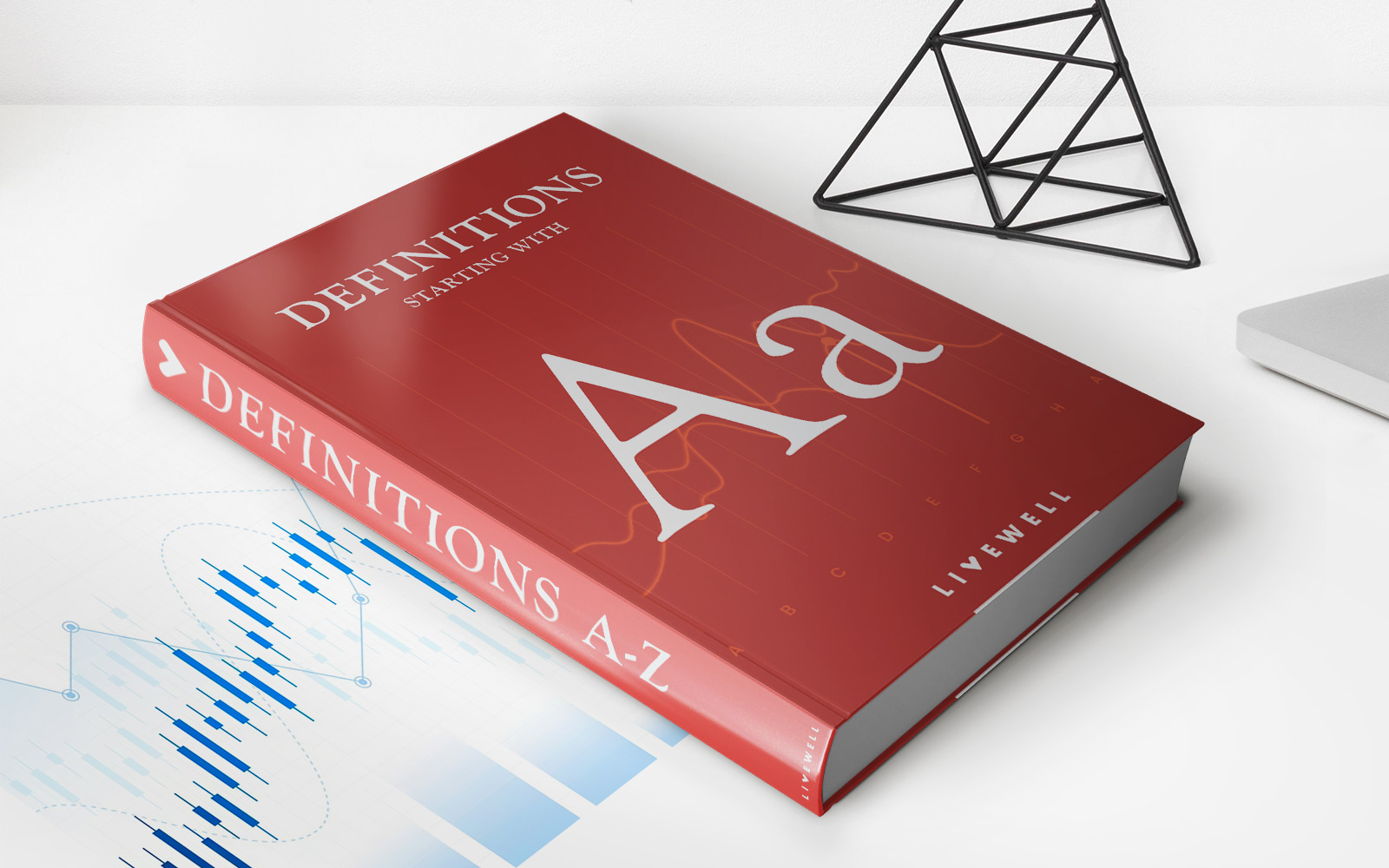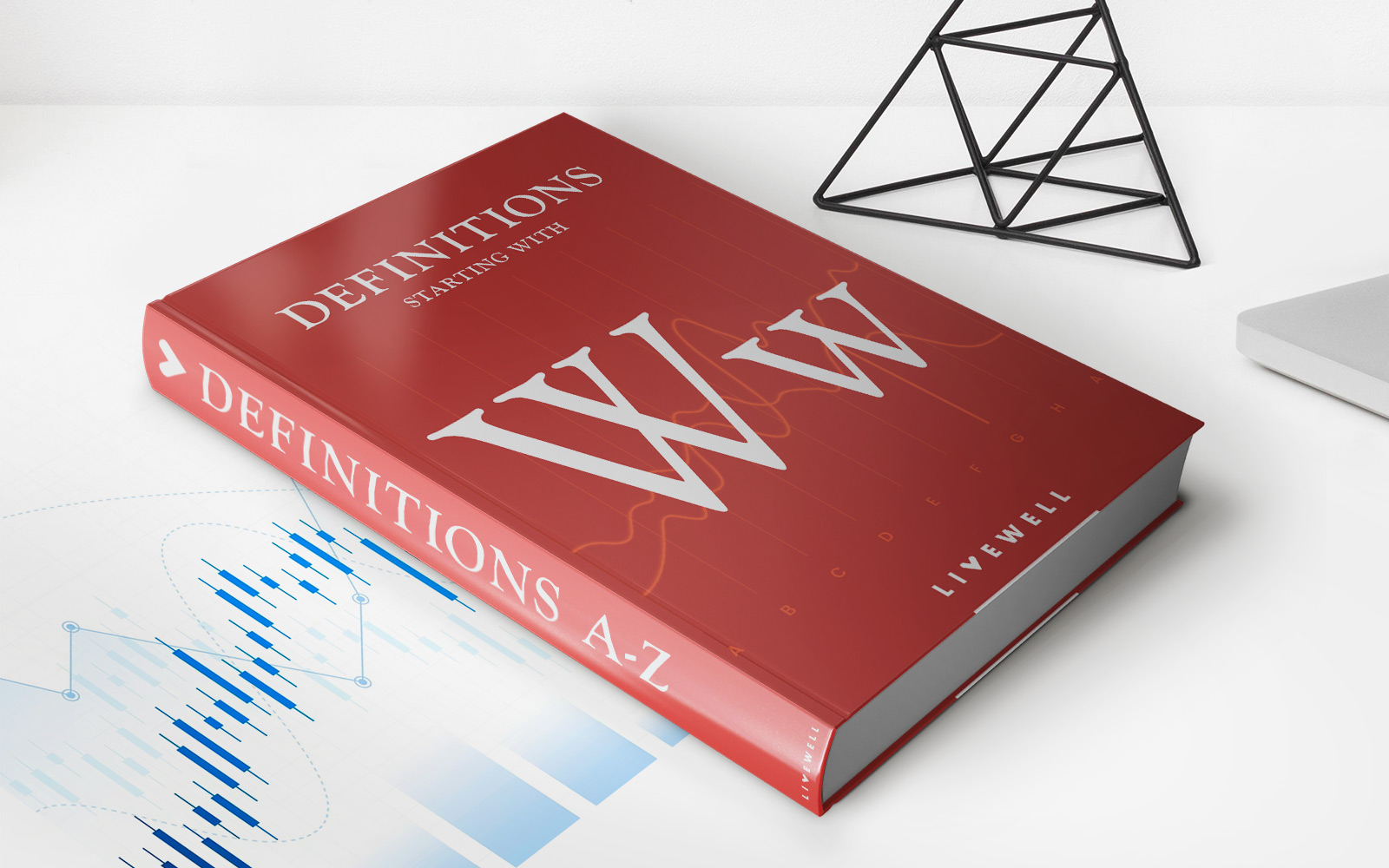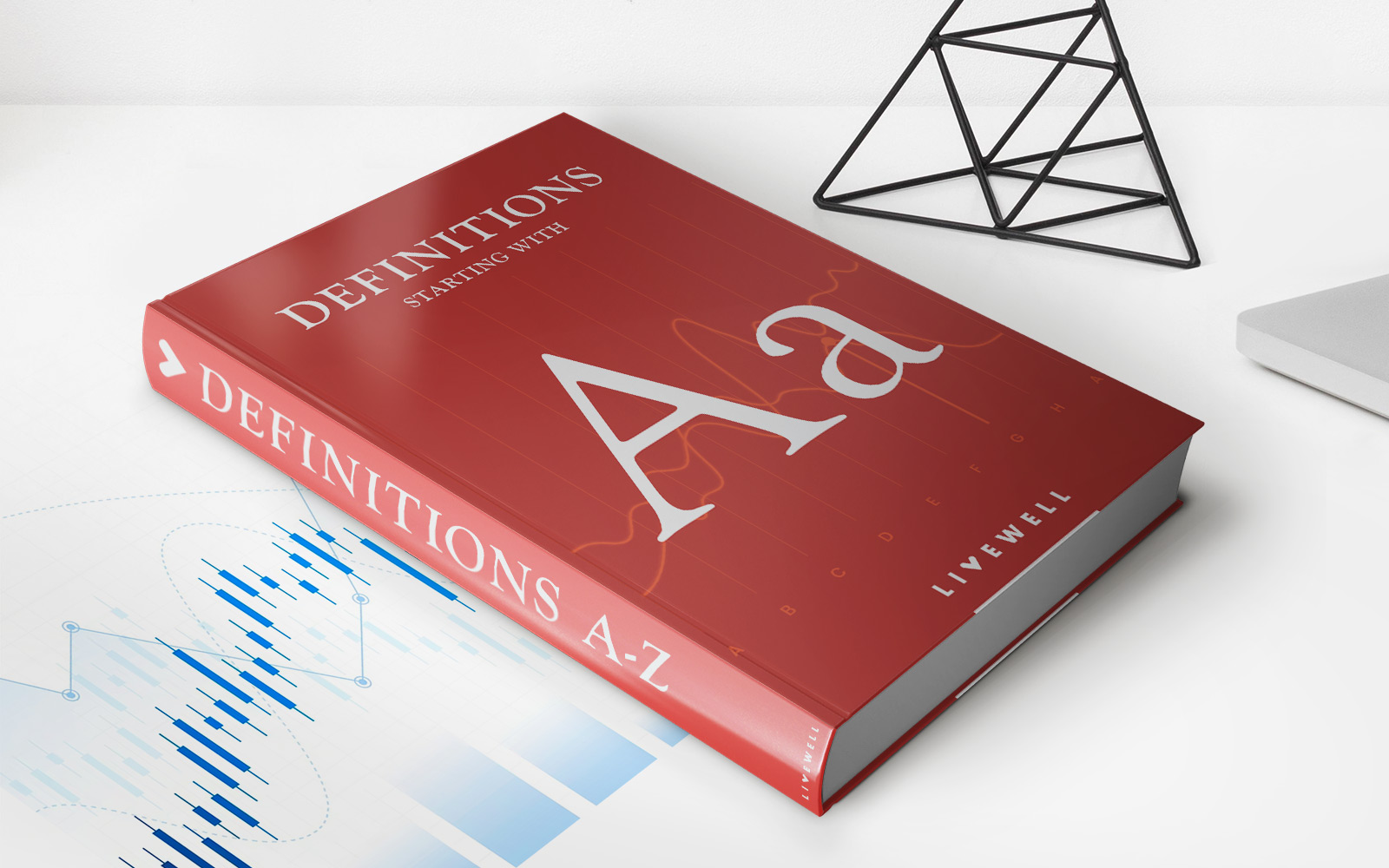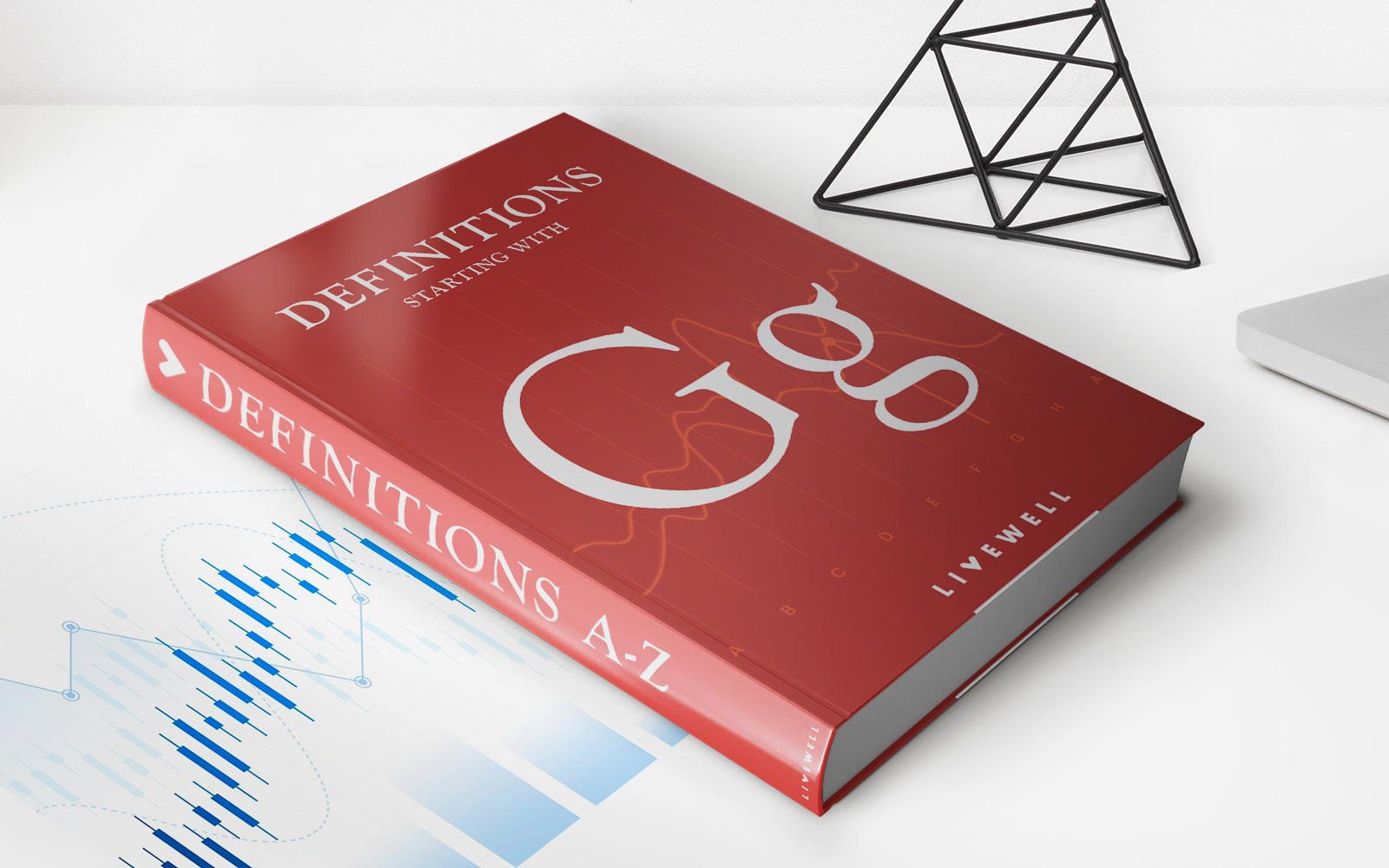Home>Finance>Weighted Average Maturity (WAM) Definition And Calculation
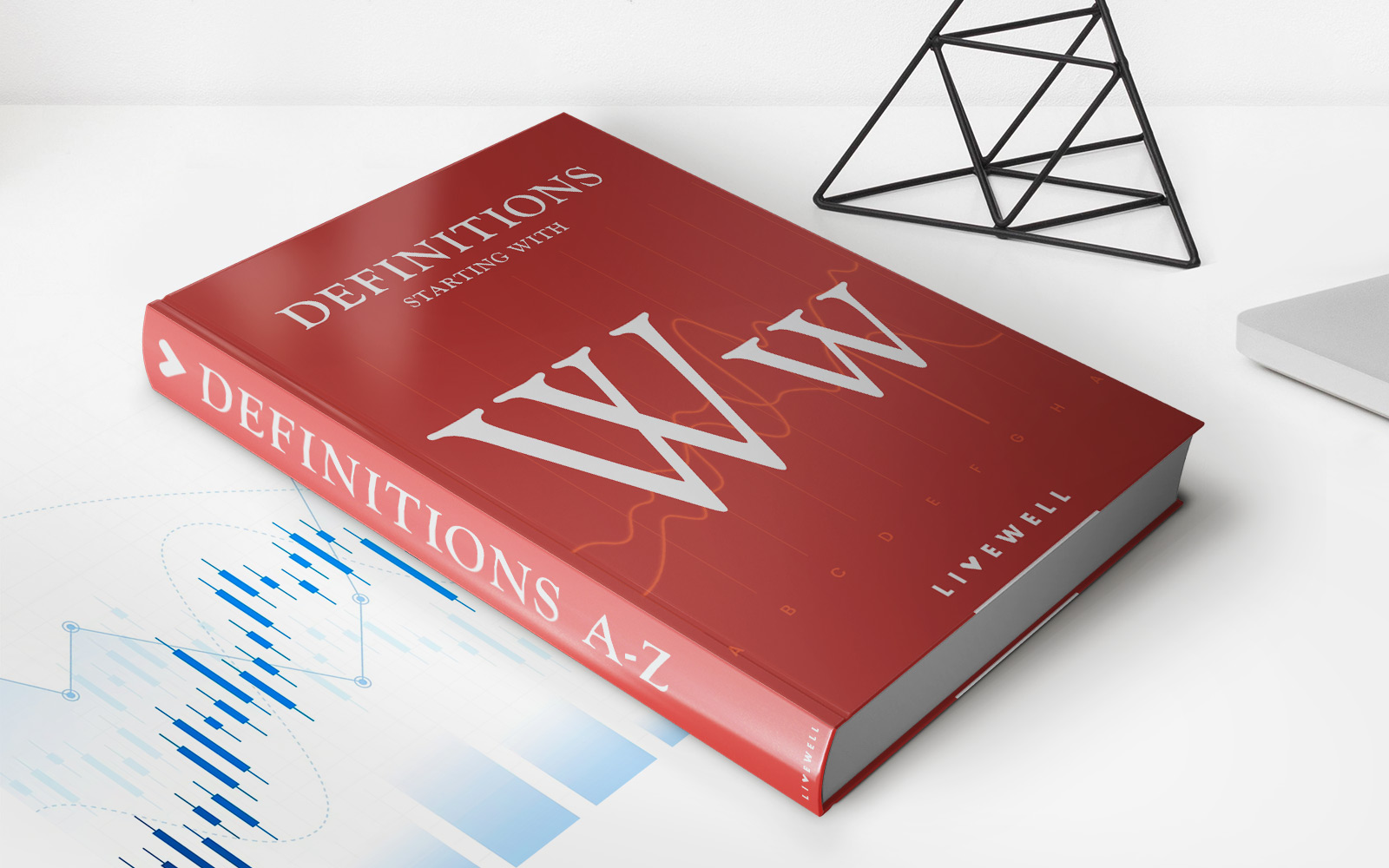

Finance
Weighted Average Maturity (WAM) Definition And Calculation
Published: February 18, 2024
Learn the definition and calculation of Weighted Average Maturity (WAM) in finance. Understand how WAM can help you make informed financial decisions.
(Many of the links in this article redirect to a specific reviewed product. Your purchase of these products through affiliate links helps to generate commission for LiveWell, at no extra cost. Learn more)
Understanding Weighted Average Maturity (WAM) in Finance
When it comes to managing your finances, understanding key concepts can play a crucial role in making informed decisions. One such concept is Weighted Average Maturity (WAM), which provides valuable insights into the maturity profile of a financial instrument or a portfolio. In this blog post, we will explore the definition and calculation of WAM, shedding light on its significance in the world of finance.
Key Takeaways:
- Weighted Average Maturity (WAM) is a measure used to analyze the maturity profile of financial instruments or portfolios.
- It is calculated by determining the weighted average of the time remaining until the maturity of each individual component, based on their respective market values.
Definition of Weighted Average Maturity (WAM)
Weighted Average Maturity (WAM) is a financial metric that helps investors and financial institutions interpret the maturity distribution of a portfolio or a specific security. It takes into account the time remaining until the maturity of each individual component and calculates the average maturity, factoring in their relative market values or weights.
In a nutshell, WAM provides a snapshot of the average time it will take for the securities in a portfolio to reach their respective maturity dates. By analyzing the WAM, investors can gain insights into the potential risks and rewards associated with a particular investment or portfolio.
Calculation of Weighted Average Maturity (WAM)
The calculation of WAM involves two primary steps:
- Assigning weights to individual components: Each component of the portfolio or security is assigned a weight based on its market value. The weights can be expressed as a percentage or a decimal.
- Calculating the weighted average: The weighted average maturity is determined by multiplying the time remaining until maturity for each component by its respective weight. The products are then summed up to derive the overall WAM.
To illustrate the calculation further, let’s consider a hypothetical portfolio comprising three securities:
- Security A – $10,000 with a remaining maturity of 2 years
- Security B – $15,000 with a remaining maturity of 3 years
- Security C – $20,000 with a remaining maturity of 5 years
Assuming the weights assigned to these securities are 20%, 30%, and 50% respectively, the calculation of WAM would be as follows:
(2 years * 0.2) + (3 years * 0.3) + (5 years * 0.5) = 3.6 years
In this example, the WAM of the portfolio is approximately 3.6 years. This information allows investors to assess the average time it will take for the portfolio’s components to mature and make informed decisions accordingly.
In Conclusion
Weighted Average Maturity (WAM) serves as an essential tool in the field of finance, providing valuable insights into the maturity distribution of a portfolio or security. By calculating the WAM, investors can better understand the average time it will take for their investments to reach maturity, enabling them to make informed decisions based on risk and reward considerations. It is important to remember that while WAM is a useful metric, it should always be used in conjunction with other relevant factors to obtain a comprehensive understanding of an investment’s profile.

